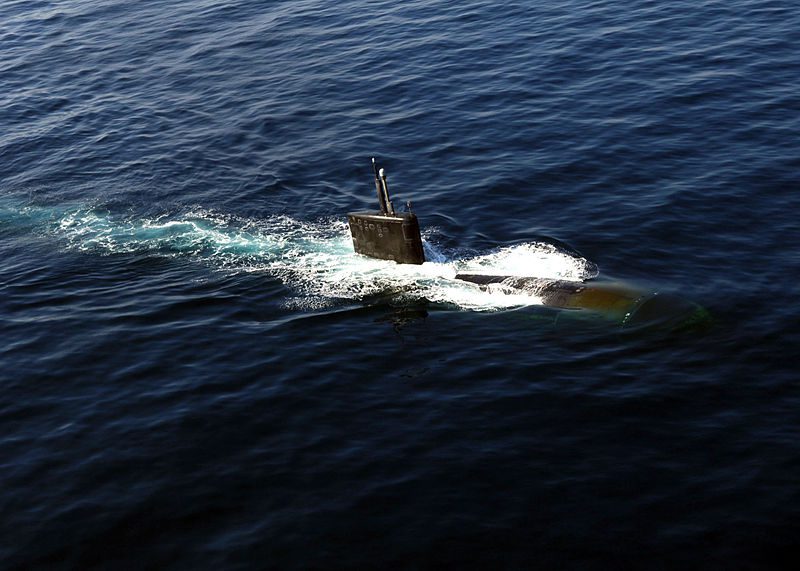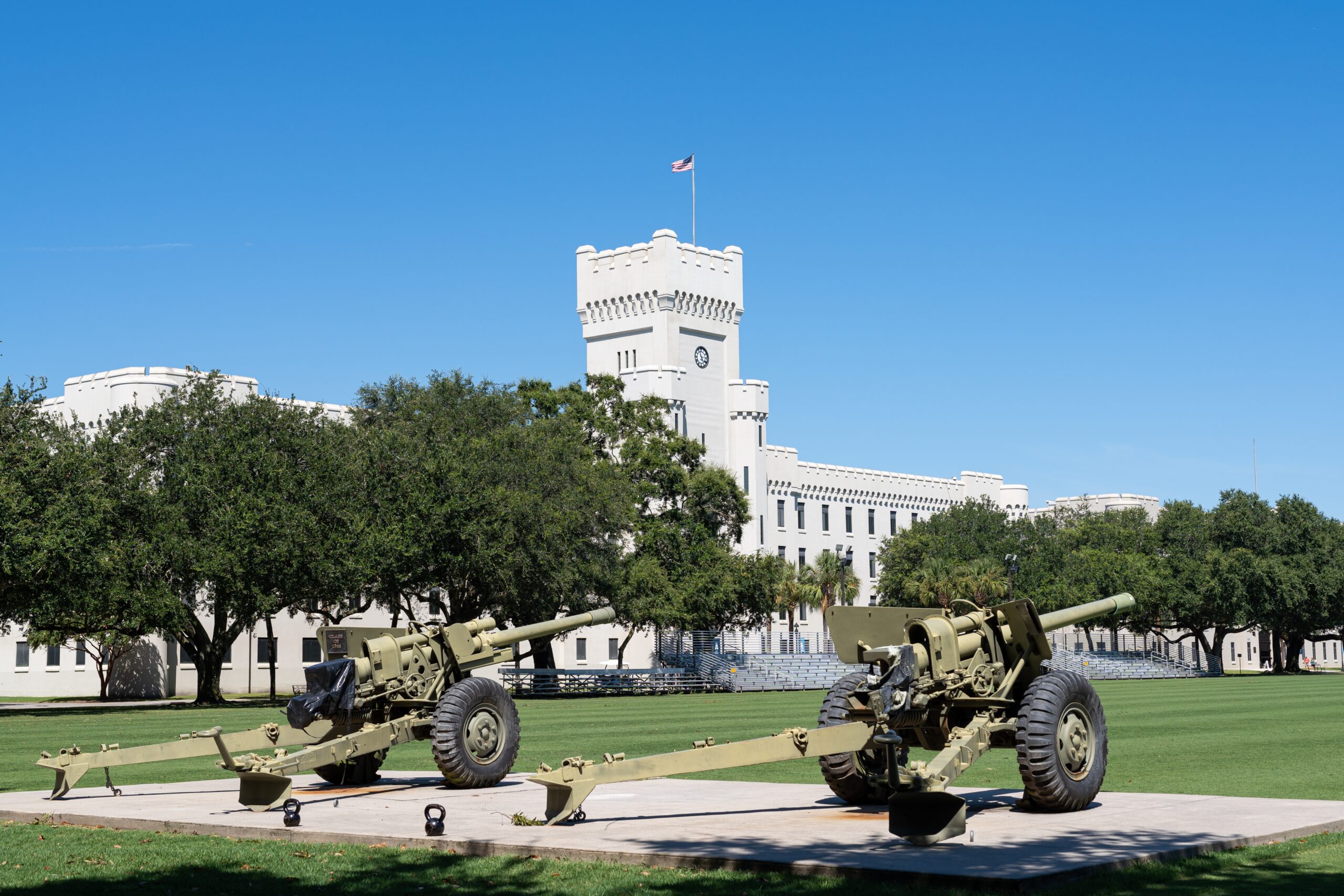USS Miami file photo courtesy U.S. Navy
The U.S. Navy formally decommissioned the Los Angeles-class attack submarine USS Miami (SSN 755) on Friday during an indoor ceremony at Portsmouth Naval Shipyard in Kittery, Maine attended by past and present crew members, their families and other guests.
“Admiral, the watch is secured,” reported Miami’s skipper Cmdr. Rolf Spelker to Submarine Group 2 commander Rear Adm. Ken Perry, marking the end of the ship’s nearly 24-year journey.
“Every once in a while a ship earns a waterfront reputation as a ‘hot boat.’ Miami earned that reputation early and kept it going,” said Perry, the guest speaker. “Miami’s journey has been unprecedented and unique, and today we show our gratitude and pride.”
Miami was commissioned June 30, 1990 as the Navy’s 44th Los Angeles-class submarine and the fifth ship of the “improved” 688-class. She was built with an improved sonar and weapon control system, 12 vertical launch system tubes, and full under-ice capability – embodying the most modern design and construction of her time.
During more than a dozen deployments over the past two decades, Miami fully employed her capabilities while operating in maritime regions near North America, Europe, Africa and the Middle East.
Miami was America’s first nuclear-powered submarine to transit the Suez Canal, an honor earned during her second deployment in 1994.
In the late 1990s, Miami launched Tomahawk cruise missile strikes during Operation Desert Fox in Iraq and Operation Allied Force in Kosovo. She earned the nickname “Big Gun” after becoming the first submarine since World War II to fire ordnance during combat operations in two different theaters.
In 2012, a civilian contractor in the Portsmouth Naval Shipyard set two fires onboard the sub nearly a month apart, causing as much as $500 million in damages as well as injuring five people. Afterwards, repairs were eventually deemed too expensive and the sub never re-entered service.
The man was later convicted of arson and sentenced to 17 years in prison.
Miami’s first commanding officer, retired Captain Thomas Mader, delivered the keynote address at the decommissioning ceremony:
“As leaders, I believe we are judged for our response to the challenges we face, and our legacy is found in the state of readiness of the crew we leave behind,” said Mader. “I couldn’t be prouder of the officers, chiefs and leading petty officers that prepared Miami.”
Captain Mader also pointed out that many in Miami’s plankowner wardroom went on to assume submarine command. Eight members achieved the rank of captain and two became flag officers.
Spelker later highlighted contributions by the ship’s 11 commanding officers and hundreds of crewmen who operated Miami over the years.
“Miami redefined the possibilities of submarine warfare,” said Spelker. “Miami will have a long and proud legacy.”
Miami is currently undergoing an inactivation process the Navy announced last fall. Her crew of 111 officers and enlisted personnel will all be reassigned to other units by December.
Sixty-two Los Angeles-class attack submarines were constructed from the early 1970s to the mid-1990s. Forty-one are presently in active service.

 Join The Club
Join The Club











